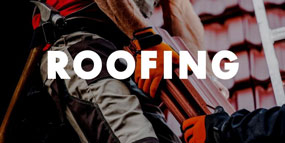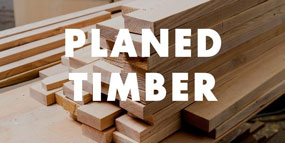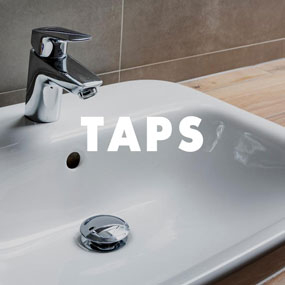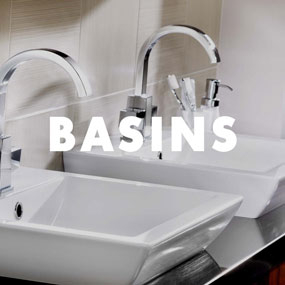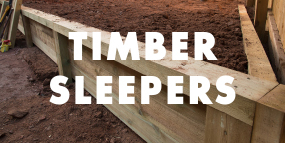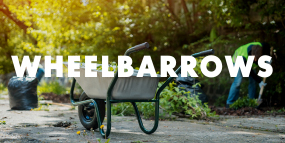Whether you are replacing or retrofitting a roof, choosing your roof tiles can be daunting, and there is a lot to consider! We have compiled a short guide to help you along the way.
The decision often comes down to budget, location, and style preference but there are a few additional factors to bear in mind: are the tiles suitable for the roof pitch? What are the structural capabilities of the roof? Material, weight, weather resistance and sustainability.
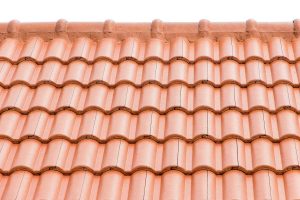
A cost-effective option with a similar appearance and performance to clay and slate. Designed to withstand more extreme weather conditions. Concrete tiles are great for use in areas where the building is exposed. Most come with a 30-year guarantee (manufacturer dependent) The concrete tile has come a long way in recent years with measures taken that prevent fading. If you live in an exposed area, concrete may be worth considering. The tile usually requires a roof pitch of 22.5° but some tiles can go to 12.5° degrees minimum pitch.

Clay tiles are a lighter-weight option tile, a traditional choice known for having the longest life span. Initially, the cost is higher than the standard concrete tile but due to the long lifespan, they could be a contender for a more cost-effective option. Clay tiles have a more natural appearance and are a popular choice for self-builds, renovations, and extensions. The more natural appearance adds character to the property and helps blend with surrounding areas and already standing buildings. The roof tiles usually need a pitch of at least 15°.
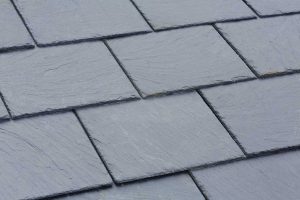
Typically used for Victorian style properties and often used in conservation areas. Slate tiles are arguably one of the most durable roof tiles with three popular options: Spanish Slate, Welsh Slate, and Man-Made Slate. However, they are fragile, heavy, and not the most cost-effective option. The tile usually requires a roof pitch of 20°.
Reclaimed roof tiles:

Great for use on heritage, historic, or renovation projects. Reclaimed tiles are not only environmentally friendly but usually cheaper than new. The reclaimed tiles are often used on grade II listed buildings however, sourcing the right number of tiles can be tricky.
Cedar Shingles and Shakes:
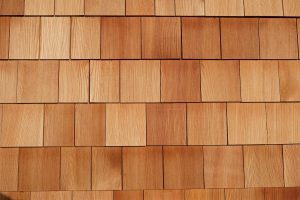
A timber tile that is often a specialist product, perfect for a unique build. A sustainable, natural option with a low carbon footprint. The Shingles are sawn on both sides and thinner at the butt. Shakes can be split into one or both sides. An incredibly lightweight option (weighing just 4 – 8kg per square metre) with a more natural appearance. The timber roof tile also provides great thermal and sound insulation. Usually, suitable for roof pitches from 14° to 90° (Shingles) and 20° to 90° (Shakes).
Plain vs Interlocking style:
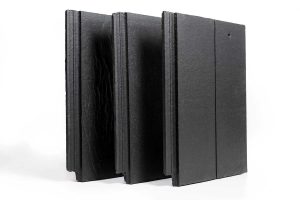
The choice between plain and interlocking usually comes down to appearance and cost. Plain roof tiles are usually smaller in size and come in a simple rectangular shape. To ensure a weather-tight seal they must be laid double-lapped.
Interlocking roof tiles are typically larger in size and slot together seamlessly. Fewer tiles are required, making them a more cost-effective option.
Shape and Size:
The shape and size of the roof tile also needs to be considered.
Narrowing the choice down to a popular few:
- Flat roof tiles
- S-shaped pantiles
- Roman and Double Roman tiles
The larger-format tiles are usually the more cost-conscious option.
Whether the project is to replace or re-tile a roof, it has a huge impact on the overall design of your property and there are often Building regulations to follow. In a conservation area, the planning condition may decide for you but if in doubt professional advice should always be sought.
View our range of roof tiles available online, visit, or call your local branch to speak to an expert.

